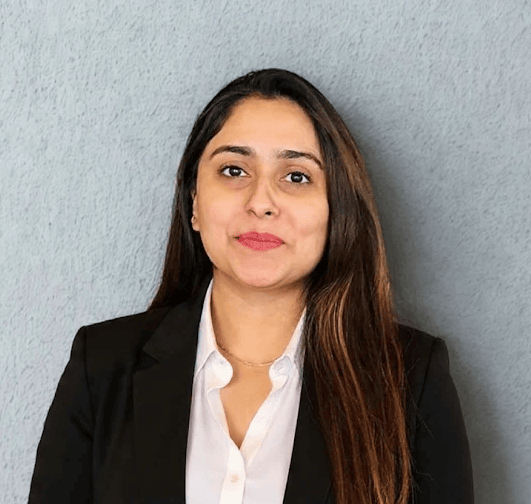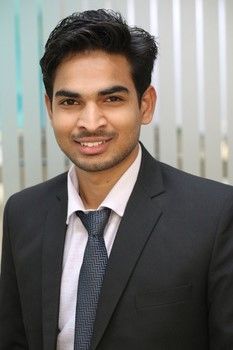With the rise in patent filings and the rapid development of industry standards like 3GPP, ITU-T, and IEEE, the number of Standard Essential Patent (SEP) declarations has surged. This increase means that not all the declared standard essential patents will be true SEPs.
Buying or licensing such patents will cause significant financial and legal problems as you risk paying unnecessary licensing fees. As a solution, essentiality checks will ensure the integrity of such SEPs. Additionally, such analysis provides a strong foundation for invalidation arguments if a patent is proven non-SEP.
In this article, we will examine the process of conducting essentiality checks. This includes removing biases, studying claim languages from different perspectives, and ensuring that patents align with industry standards.
Why SEP Essentiality Checks Matter
SEPs are often presumed to be integral to industry standards, but this assumption is problematic for several reasons. First, not all patents declared as SEPs actually meet the technical requirements of the standard, leading to potential overpayment in licensing fees. Second, patent claims’ broad and sometimes vague language creates uncertainty about their true essentiality. Finally, relying on presumed essentiality without thorough validation can result in legal vulnerabilities during litigation.
A closer examination of the claims helps determine whether a patent truly aligns with the relevant standards or falls short. This process is crucial for various reasons:
- Clarity in Licensing Negotiations: Both licensors and licensees benefit from clear insights into the essentiality of SEPs. Licensees can avoid overpaying for non-essential patents, while licensors can set accurate prices and understand potential loopholes in their portfolios.
- Litigation Preparedness: Companies aiming to buy SEPs can strengthen their legal positions in future litigations by correctly estimating their essentiality. Knowing the true value of the patents they hold ensures they can robustly defend or challenge their use in industry standards.
- Defensive Strategies in Litigation: When defending against infringement claims, the legitimacy of essentiality often forms a critical argument. In cases where invalidity grounds are weak, proving non-essentiality can be a decisive factor.
Common Pitfalls in SEP Declarations
When challenging the validity of standard essential patents, conducting thorough examinations of the standards has proven highly effective. It helps in understanding technological evolution and determining if a patent is truly an SEP.
Reviewing our prior-art search logs revealed several non-essentiality arguments that stem from detailed analysis. These cases often involved claims of infringement or essentiality affirmed by the plaintiff. Non-essentiality arguments can be broadly categorized into three main areas:
1. Flow-based Claims
Often, process-based claims maintain an order of functionality and simultaneously associate a novel functionality with the concluding clauses. The focus on proving the essentiality tends to ignore the order and shift to the novel aspect. If the novel aspect is found in the standards, the patent is likely to be an SEP.
However, it is to be noted that, through due diligence, if any key claim element is found missing in standards, the patent is not standard essential.
Several insights have emerged when examining invalidity cases in the VVC domain, particularly regarding non-essential elements in video coding patents. Frequently, these patents included claims that detailed the sequential interdependence of units or outlined a pattern for encoding or decoding signals. However, comparisons with existing H.256/H.266 (HEVC & VVC) standards often revealed discrepancies in these sequences.
For instance, a video coding patent’s claims were assessed against the HEVC/H.265 standard before 2011. The patent described a stepwise pattern for processing macroblocks, followed by their encoding or decoding. The standard also mentioned a similar stepwise pattern.
However, a closer examination revealed that the standard’s processing sequence was vertical, while the patent’s claims suggested a horizontal sequence. This critical difference indicated the non-essential nature of the patent’s claims.
2. Elements of Equations
Sometimes, equations are claimed, which are further accepted in the standards. Grounds of non-essentiality might be established when certain critical parameters are introduced in the claims or the input undergoes preconditioning before being operated in the function.
Specific insights have been identified in the analysis from our invalidity case logs within the audio coding domain. Audio coding patents often claim equations and are frequently declared as SEPs. Upon reviewing these claims against the G-series in the ITU-T standards and 3GPP TS 26.445, it was found that the standard equations cover a different range of parameters tailored to specific problems compared to the patent’s embodiments.
One notable case involved a patent claiming an equation for generating time-domain samples from audio subbands, which was declared as an SEP. Investigation into the essentiality revealed that the standard included a similar equation but with a broader range of parameters than the claimed invention.
Closer inspection of the patent claims showed that the equation’s applicability was restricted by phrases such as “…configured to operate based on the equation” without mentioning “at least one of the following parameters.” This detailed scrutiny of the claim language allowed for a more accurate assessment of the essentiality and highlighted the patent’s non-essential nature.
3. Narrow Scope in Descriptions
Claim languages can often be deceptive. At first glance, the elements might appear broad, but their scope is frequently restricted in the descriptions. This has been particularly evident in telecom patents. Through our analysis of 3GPP technical specifications (TS) for sub-domains like calculating the maximum size of transmission block (TS 38.212), constituents of power reports (TS 38.523), and basis of access rejections (TS 38.300), it became clear that the scope of claim elements did not always align with the standard clauses.
In a video coding case involving the encoding of macroblocks’ coefficients, the patent claimed that all coefficients greater than 1 were to be encoded. The standard discussed a similar process but included a critical distinction: it limited the encoding of coefficients with values greater than 1 to a maximum of 8 encoded coefficients. The patent, however, described encoding all 12 coefficients, thus restricting the scope of the claim.
This difference was pivotal. When these arguments were presented, the patent was determined to be non-essential to the standard (non-SEP). This thorough examination underscored the importance of scrutinizing claim descriptions to accurately assess essentiality.
Conclusion
Instead of paying lump sum licensing fees or litigating the wrong products based on misjudged patent essentiality, a finer reading of the standards and claims is needed. Hence, thorough essentiality checks will ultimately lead to fairer and more defensible patent practices.
Get in touch with us today to identify non-SEP defenses and ensure accurate patent evaluations to fortify your strategic position in the market.

Authored by: Raima Ghosh, Aman Kumar & Supreet Kaur, Prior-Art Team
Edited by: Annie Sharma




